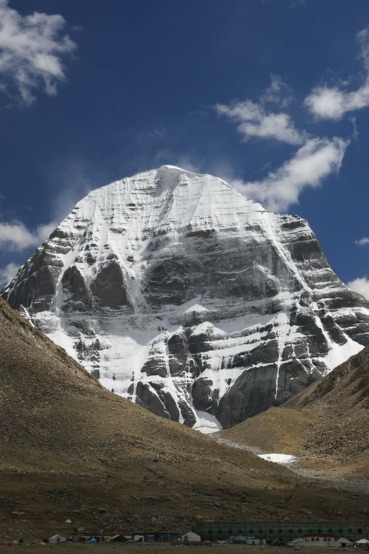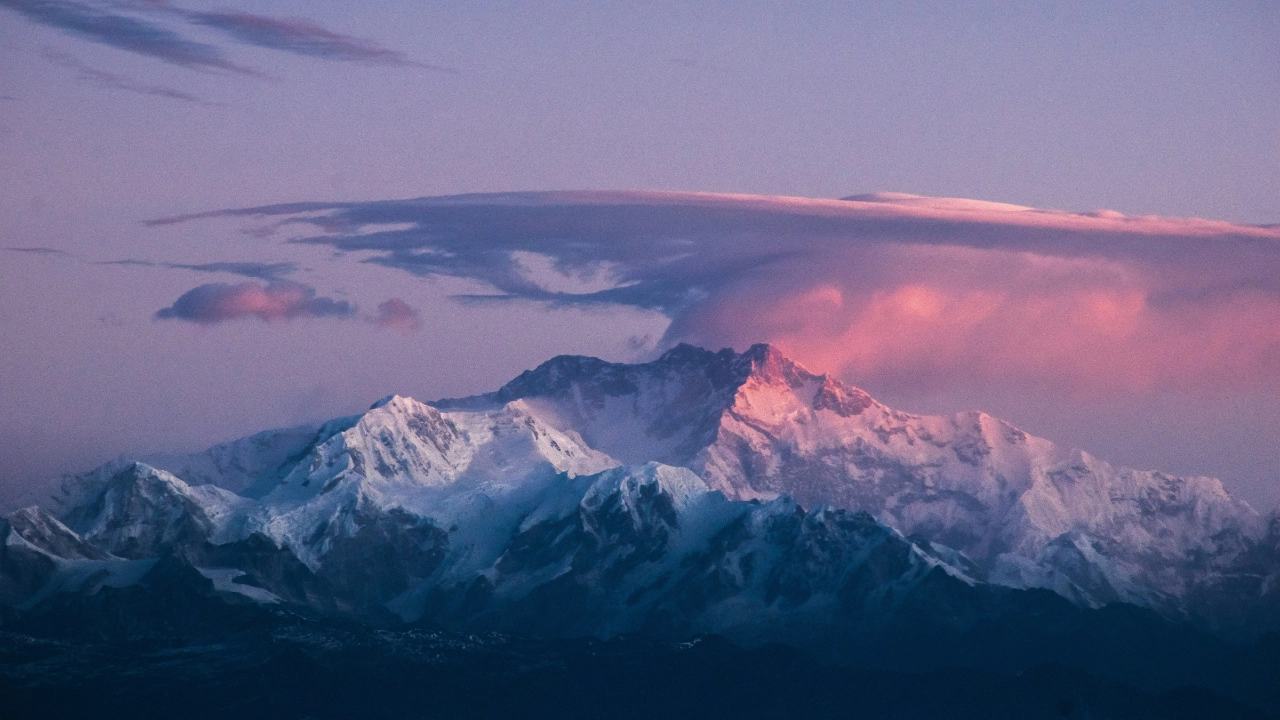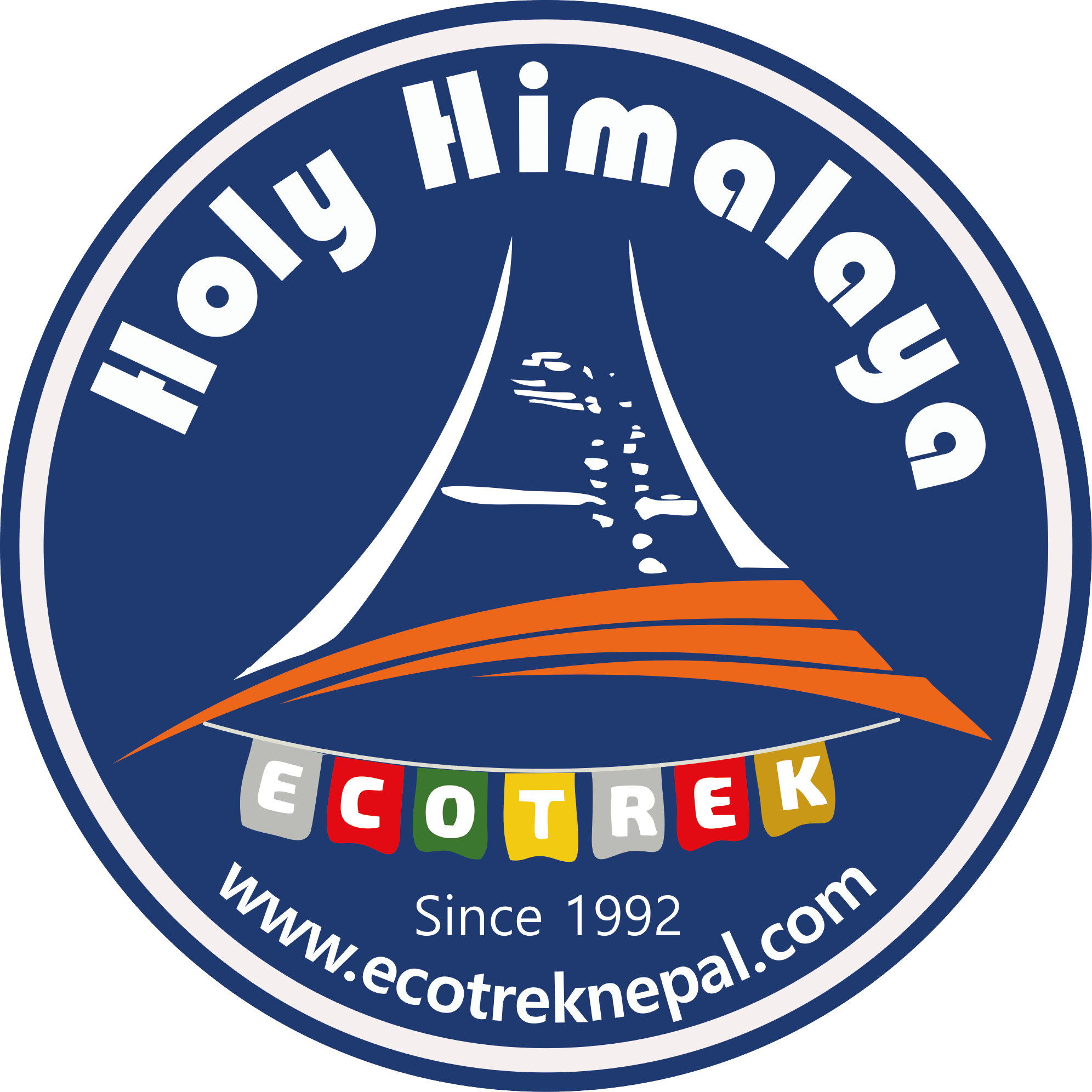
Gokyo With Everest Base Camp Trek
Tour snapshot
20 Days
2 persons
Nepal
Everest Region
Overview
With eight of the world’s ten highest peaks, Nepal is loaded with spectacular mountain vistas. The Everest Trek is not only famous for its proximity to the world’s highest mountain (8848.86m) but also for its friendly Sherpa people, picturesque villages, great variety of cultures and traditions, monasteries, and colourful festivals. The flora and fauna are other ornaments of the Sagarmatha National Park, and the story of the yeti from this region is one of the woWith eight of the world's ten highest peaks on Nepalese land, the country is a heaven for mountain lovers. A trek to Everest has much more to offer than a close-up view of Mt. Everest (8,848.86m). It introduces you to Sherpa's warmth, beautifully preserved villages, rich culture and lovely monasteries. The Sagarmatha National Park is home to various plants and fauna, and the mysterious legend of the Yeti gives it an extra aura of mystery.
This is a trek that takes you through the beautiful Khumbu Valley, passing by Gokyo Lakes at 4,700–5,000m and the challenging Chola Pass at 5,430m. You will also hike around Tawache at 6,367m and Cholatse at 6,440m. From Lobuje, the trail leads to Kala Patthar at 5,644m, offering unbeatable views before returning to Lukla at 2,860m via Tengboche at 3,860m and Namche Bazaar at 3,440m.
Gokyo (4,750m) is a quiet village in a chain of turquoise mountain lakes. The ridge above affords a perfect view of four 8,000m peaks of Cho Oyu (8,188m), Everest (8,848 m.), Lhotse (8,516m), and Makalu (8,485m). Also clearly visible is the dramatic ice ridge linking Cho Oyu to Gyachung (7,922m). There are opportunities for further exploration and trips, such as via the Cho La Pass (5,420m) and a climb to Gokyo Ri (5,357m).
Rewarding and sometimes quite demanding, this trek provides breathtaking views of towering peaks while inserting one into Sherpa culture by visiting villages, homes, and monasteries. Ideal for those seeking beautiful views in the Everest region while avoiding the crowds, a trip deep into the heart of Nepal's natural and cultural wonderlands.rld’s enduring mysteries.
This trek gives you a grand tour of the famous Khumbu valley. It is a strenuous route leading to Gokyo Lakes (4,700–5,000 m) and over the Chola Pass at 5,430m, and takes you on a circuit around Tawache (6,367m) and Cholatse (6,440m). Emerging into the Khumbu Valley above Lobuje, the trail continues up to Kala Patthar (5,644 m) and then back to Lukla (2,860 m) via Tengboche (3,860 m) and Namche Bazaar (3,440 m).
The small herding settlement of Gokyo (4,750m) lies on the banks of the third lake in a series of small turquoise mountain tarns. On the ridge above Gokyo, the four peaks above 8000m of Cho Oyu (8,188 m), Everest (8,848.86 m), Lhotse (8,516 m), and Makalu (8,485 m) expose themselves. In addition to this, you can see the tremendous ice ridge between Cho Oyu and Gyachung (7,922m), considered one of the most dramatic panoramas in the Khumbu region. There are many options for additional exploration and high-altitude walking, including the crossing of Cho La, a 5,420 m-high pass into Khumbu, and a hike to Gokyo Ri (5,357 m).
Strenuous trekking is continuously rewarded with dramatic Himalayan scenes, including four of the world’s highest peaks: Cho Oyu (8,201m), Makalu (8,463m), Lhotse (8,516 m), and Everest (8,848m). Breathtaking mountain vistas are complemented by visits to Sherpa villages, homes, and monasteries, offering you an insight into the quiet but culturally vibrant Sherpa way of life.
Therefore, this is the perfect trek for those who wish to avoid the busier trails in the Everest region but still gain stunning views of Everest and explore the region. You will witness not only the natural beauty but also the traditional and cultural roots of remote Nepal.
Highlights
- Trek through the home of eight of the world's ten highest peaks, the breathtaking Khumbu Valley.
- Experience the warmth of Sherpa hospitality throughout the picturesque villages and monasteries.
- Soak in the panoramic vistas of Everest, Lhotse, Makalu, and many more throughout the trek.
- Explore the serene atmosphere of the Gokyo Lakes, mirroring the towering peaks above.
- Visit vibrant markets and peaceful settlements, immersing yourself in the high Himalayan Sherpa lifestyles.
Itinerary




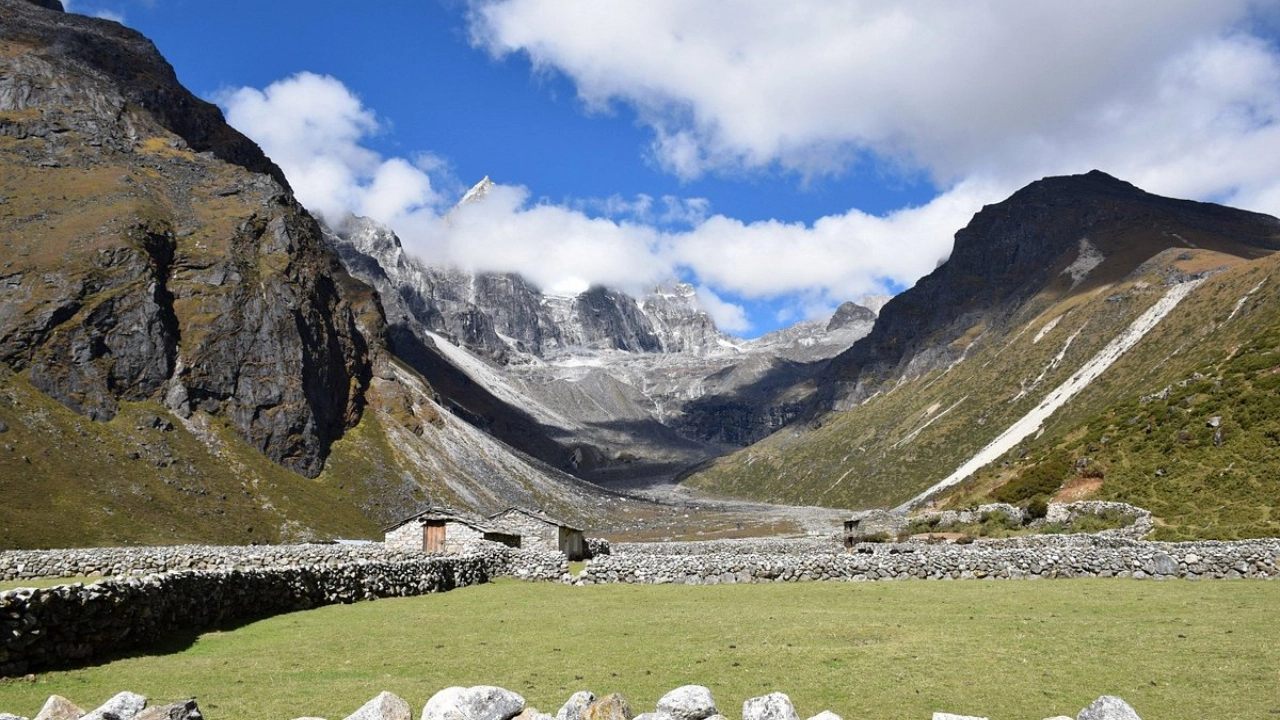
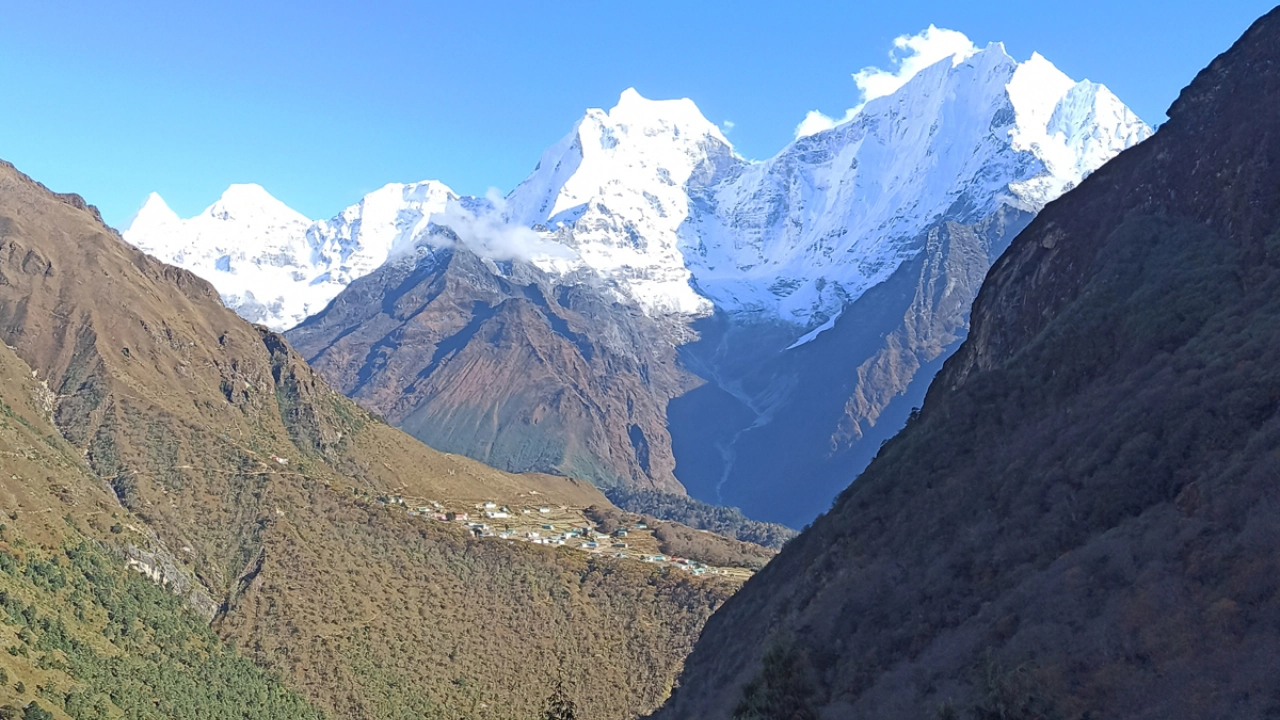



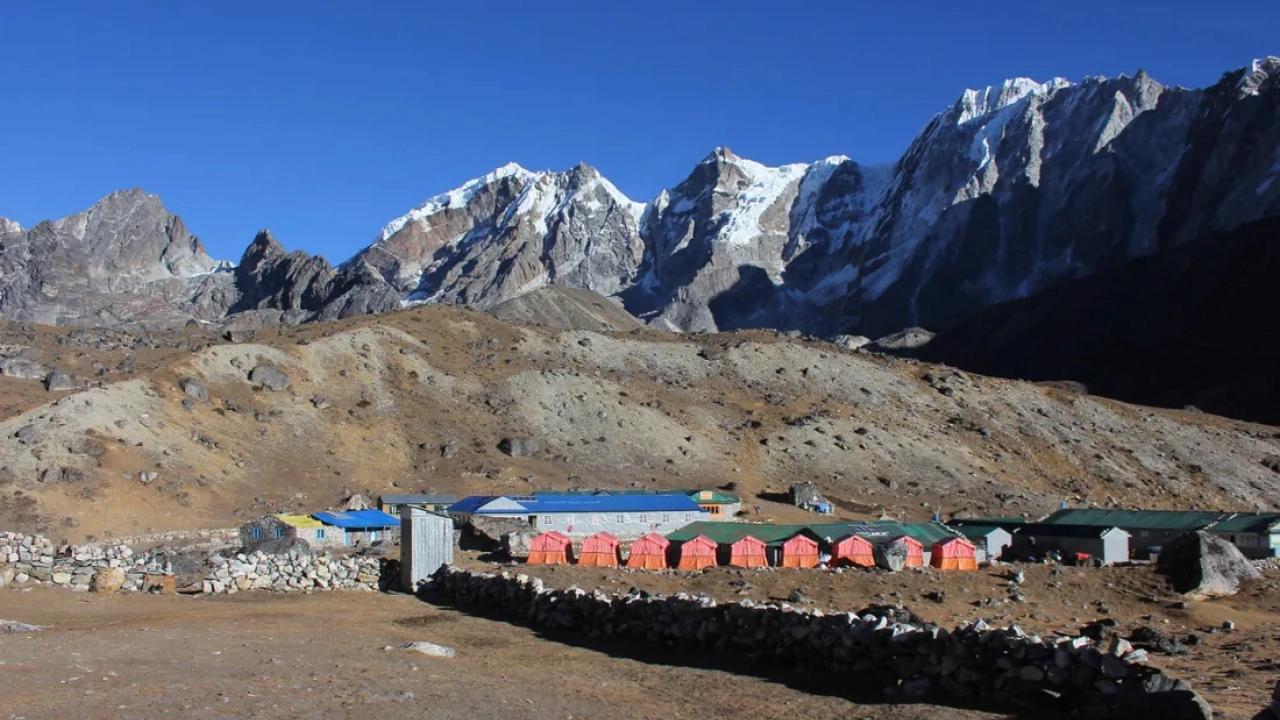









Included/Excluded
Service Fee Only, Explore Nepal Fully!
Select Dates
{{type.name}}
{{type.display_price}} per person
Guests
Extra prices:
- {{total_price_html}}
- {{pay_now_price_html}}
FAQs about Gokyo With Everest Base Camp Trek

The best seasons to go on this trek are spring (March–May) and autumn (September–November). The days in these months are warmer, and the weather is likely to be clear with blue skies and green scenery. It is also possible to trek in the summer and winter, but it has its own challenges, from heavy rain to snowstorms and natural disasters. But with better planning and preparation, you can complete this trek successfully.

As the Gokyo Lakes and Gokyo Ri fall in the Sagarmatha National Park and Khumbu region, you will be required to obtain two permits. The first one is the Sagarmatha National Park Entry Permit. It will cost NPR 3,000 for foreign nationals, NPR 1,500 for SAARC nationals, and NPR 100 for Nepalese. The second one is the Khumbu Rural Municipality Permit. It costs NPR 2000 per person for four weeks for foreign nationals, including SAARC nations. After four weeks, the cost of the permit goes to NPR 2500 per person. HOLY HIMALAYA ECO TREK WILL TAKE CARE OF THE PERMITS.

There are tea houses and lodges throughout the trail. As it's in the Everest region, the lodges and tea houses are moderately facilitated. You can get both twin-sharing rooms and single rooms, as well as rooms with attached bathrooms, but the price will vary depending on your choice. The tea houses will usually have shared bathrooms in both western style and squad commode. The tea houses and lodges also provide hot showers and electronic device charging facilities, but you will have to pay extra for them depending on what altitude you are at and what device you are charging.

There are varieties of food and options throughout the trail for all three meals. You can have bread toast, eggs, pancakes, Tibetan bread, and porridge for breakfast. You can have rice items, noodles, potato varieties, burgers, pasta, pizza, momo, etc. for lunch and dinner. There are also varieties of drink options, from black tea to milk tea, coffee, ginger, honey, lemon tea, hot chocolate, boiled water, etc.

1. You need to be in good shape, so prepare yourself for the trek with basic exercises and optimal training. 2. Altitude sickness is a risk. Take the trek nice and slow with adequate rest and acclimatization. Hydrate yourself throughout the trek. Take prescribed medicines by your home doctor to prevent altitude sickness and descend to lower altitudes for emergency medical help when in need. 3. Get yourself a guide and a porter to have a safer and easier trek. 4. Network connectivity is not very good in the mountains. Get a local SIM card for moderate connectivity to some extent in the trek. There is wifi in the tea houses, but it is usually patchy, and you will have to pay extra for it.

